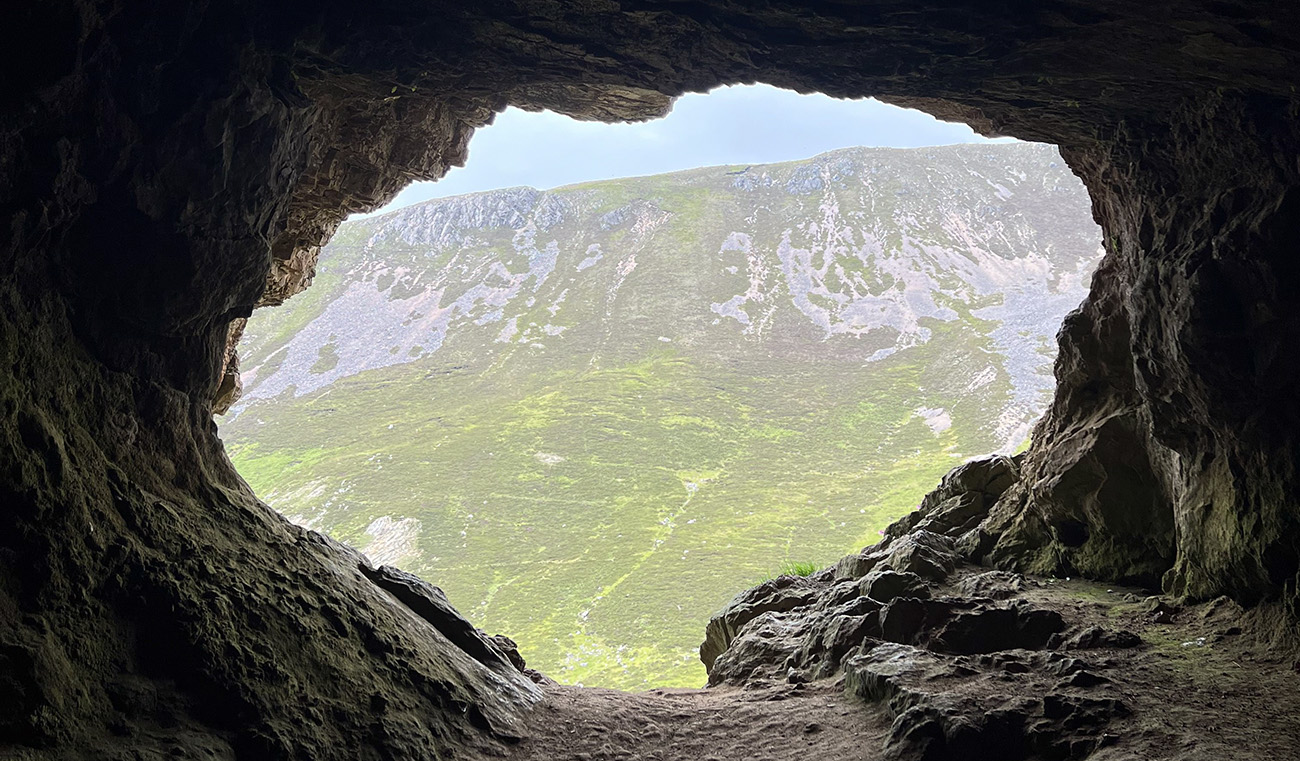Exploring Scotland – the North Coast 500

By Lily, from Edinburgh, studying Veterinary Medicine and Surgery (BVM&S)
The North Coast 500 (NC500) is a 500-mile scenic route around the north of Scotland, which is most often travelled by car or bus, but can also be done via rail or on foot (if you’re crazy enough). This summer I spent a week driving this road and wild camping along the way. The Scottish Outdoors Access Code permits budding campers to pitch up pretty much anywhere provided they are not in an enclosed area, such as a farmers field, and they are respectful and leave no trace behind, so this is what we did!
Edinburgh to Inverness
The first leg of our journey was from Edinburgh to Inverness. This took about 3 hours where we drove through Perth, then the Cairngorms National Park, where we stopped at The House of Bruar shopping outlet and picked up some firewood logs and kindling. The first night we camped on the northern-most beach of Loch Ness, the largest loch in Scotland, which is so big you can fit the world’s population into it 15 times!!
The next day we headed up the east coast to Wick. On this journey we stopped at the beautiful Dunrobin Castle which dates back to the early 1300s and was home to the Dukes of Sutherland, who owned nearly ALL of the highlands back in the day. We also stopped at the Whaligoe Steps to see the rock formations shaped by the sea over thousands of years.

Wick to Durness
Next, we travelled from Wick to Durness and visited John O’Groats, which is commonly known as the most northern point of mainland UK, however, on this trip we learned that this is in fact not true, and Dunnet Head, where we also stopped, actually held this title. We camped on a beautiful beach and were amazed by the gorgeous white sands; this really did not look like the Scotland we were used to.

Next on the agenda was the Smoo and Bone caves. These were truly amazing and were both discovery sites of the only evidence of polar bears in Scotland, in the form of skull fragments found there. These are thought to be from about eighteen thousand years ago. It was almost unbelievable that where we were standing was once inhabited by these stunning animals.

Isle of Skye
Finally, to end our trip, we headed to the Isle of Skye, the second largest of the Scottish Isles. This isle is known as the dinosaur capital of Scotland due to the abundance of fossils and dinosaur evidence that has been found there. For example, we visited Staffin Bay and Brothers Point on the east side of the island to see real life footprints left by dinosaurs 150 million years ago. This was truly the highlight of my trip and I couldn’t even begin to comprehend the magnificence of the Jurassic animals that once roamed there!!

Want to find out more?



